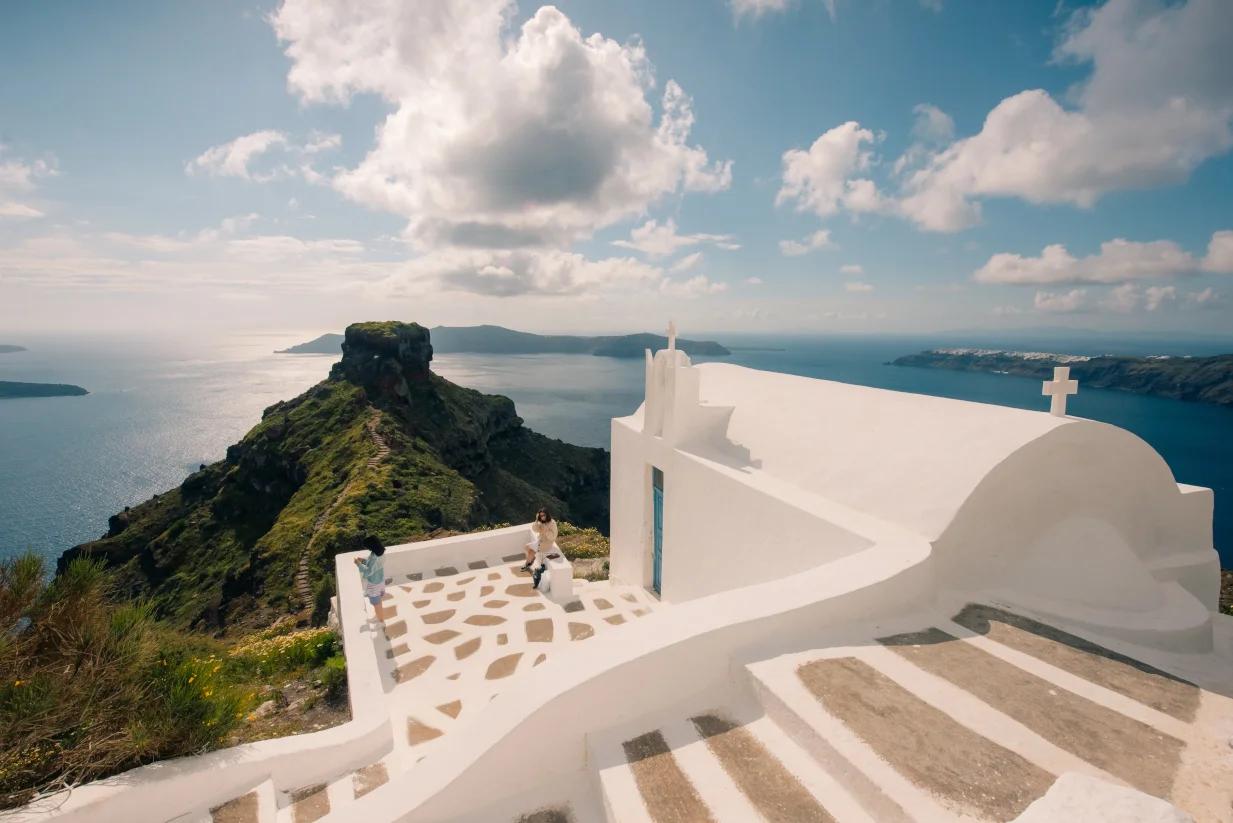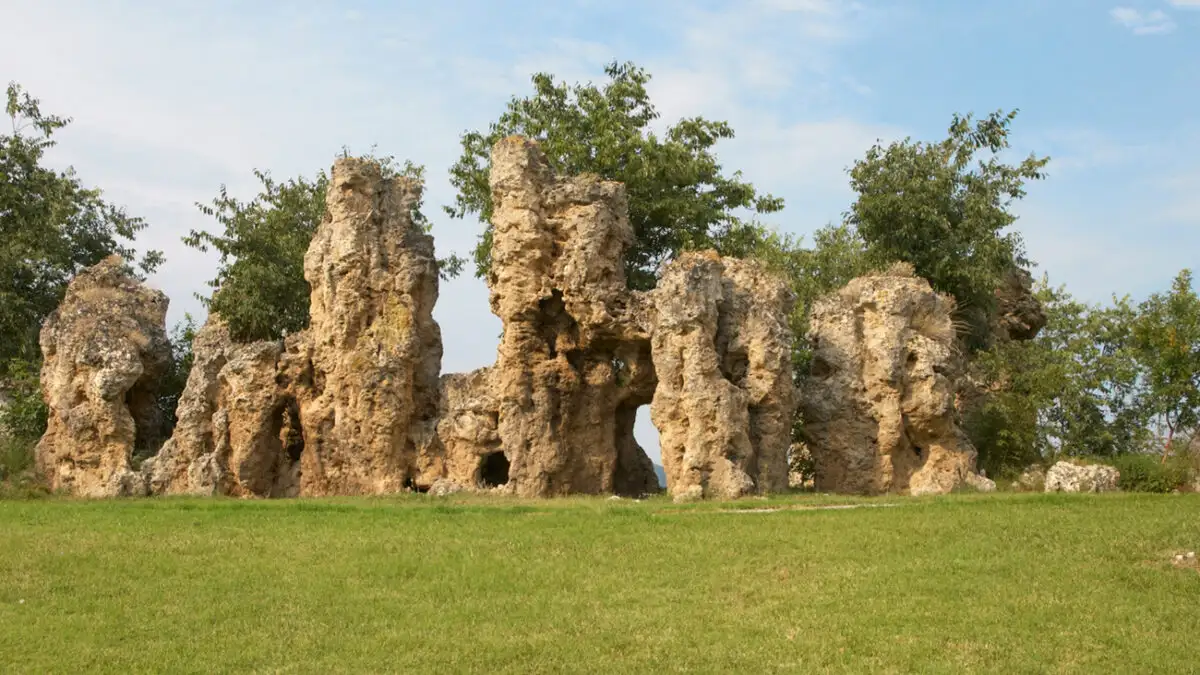It often happens that we hear words without ever stopping to wonder where they come from—their roots, their origins, or their deeper meaning. This is especially true for place names, which often carry fascinating stories within them. Santorini, for instance, is one of the world’s most iconic islands, a flagship destination for Greek tourism—comparable, perhaps, to what the Acropolis represents for Athens. But how many people truly know—or have even thought to ask—where the name Santorini comes from?
Let me admit right away: I’m not trying to sound like a know-it-all here. In fact, this article is as much a confession as it is a revelation. I stumbled upon the answer by accident, during a casual conversation about a place called Synterina in Keratea, a town in Attica. Someone mentioned that the name Synterina comes from the Latin Santa Irina—and that’s when the penny dropped. Santa Irina… Santorini. Of course!
And even though I’ve heard the Katsimihas Brothers’ song Santorini countless times—where they explicitly sing “Santa Irini”—somehow, the connection never clicked in my brain.
At first, I wasn’t sure if this was even worth writing about. I figured it was just me being embarrassingly unaware. But after asking around, I discovered that many others didn’t know the origin either. So, at least I’m not alone.
From Thera to Santorini: A Journey Through Names
Historically, the island was known as Thera (or Thira), named after the Spartan settler Theras who was said to be the island’s first colonizer. Over the centuries, the island took on many different names—Strogyli, Kallisti or Kallisto, Philitera or Philotera, Kalavria, Karisti, Tevsia, Therameni, and even Rinia—a name now associated with a small islet near Mykonos and Delos.
But the name we know today, Santorini, emerged much later—somewhere between the 15th and 19th centuries AD. During this time, the island became a stopover for Frankish and Levantine Crusaders who passed through the Aegean. Whether for rest or resupply, they made camp on the island and eventually occupied it. A key landmark for them was a church dedicated to Saint Irene—Santa Irina in Latin.
This impressive early Christian basilica, built in the 5th century, became their spiritual and geographic reference point. The church, however, was later destroyed—likely by the Franks themselves.
The Forgotten Church and the Name That Remained
Interestingly, during the Ottoman occupation, the island was known as Dimertzik, derived from the Turkish word for windmills, as Santorini had many of them dotting its landscape. Over time, the original church of Saint Irene faded from memory, lost for nearly two centuries—until it was rediscovered in 1992 in the area of Thira. It was only then that the full story behind the island’s modern name came to light.
So yes, Santorini is essentially a linguistic evolution of Santa Irina, the Frankish tribute to Saint Irene—a name born from conquest, faith, and a now-ruined church that once stood as a beacon on the island’s shore.
And if you didn’t know that? Well, now you’re one of the few who do.











